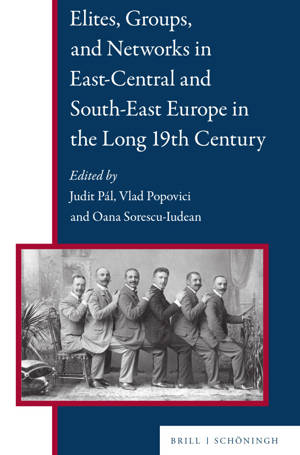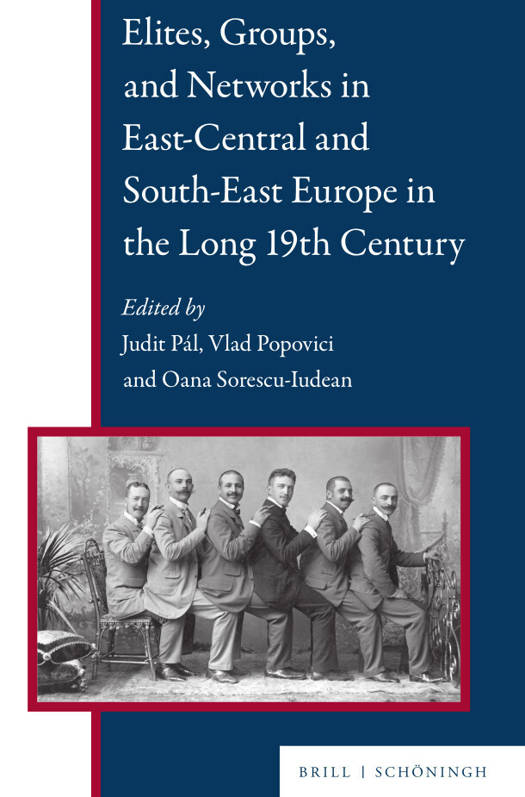
Je cadeautjes zeker op tijd in huis hebben voor de feestdagen? Kom langs in onze winkels en vind het perfecte geschenk!
- Afhalen na 1 uur in een winkel met voorraad
- Gratis thuislevering in België vanaf € 30
- Ruim aanbod met 7 miljoen producten
Je cadeautjes zeker op tijd in huis hebben voor de feestdagen? Kom langs in onze winkels en vind het perfecte geschenk!
- Afhalen na 1 uur in een winkel met voorraad
- Gratis thuislevering in België vanaf € 30
- Ruim aanbod met 7 miljoen producten
Zoeken
Elites, Groups, and Networks in East-Central and South-East Europe in the Long 19th Century
€ 303,95
+ 607 punten
Omschrijving
Elites should be regarded and approached as gregarious social entities (groups, networks) rather than as outstanding individuals. The volume aims to explore the elites in East-Central and South-Eastern Europe during the long nineteenth century from the perspective of their gregarious tendencies (i.e., groupness), to assess the role of the latter in the elite's decisions and agenda, and to observe the transformations brought in this regard by the changing social and political landscape. While the gregarious tendencies of the members of the elite were rooted in their shared perspectives, in their mutual interests or in the communion of cultural patterns, it is clear that during the process of group formation, kinship ties played an unassailable part, although they were likely never a causal factor. The volume covers the research on elites from the early 18th century to the interwar period, focussing on the Banat, Bessarabia, Bohemia, Bulgaria, Dalmatia, Hungary, Rumania, Serbia, Slovenia, as well as looking into Austria and Austria-Hungary in total.
Specificaties
Betrokkenen
- Uitgeverij:
Inhoud
- Aantal bladzijden:
- 380
- Taal:
- Engels
- Reeks:
- Reeksnummer:
- nr. 12
Eigenschappen
- Productcode (EAN):
- 9783506795212
- Verschijningsdatum:
- 15/09/2022
- Uitvoering:
- Hardcover
- Formaat:
- Genaaid
- Afmetingen:
- 160 mm x 31 mm
- Gewicht:
- 7706 g

Alleen bij Standaard Boekhandel
+ 607 punten op je klantenkaart van Standaard Boekhandel
Beoordelingen
We publiceren alleen reviews die voldoen aan de voorwaarden voor reviews. Bekijk onze voorwaarden voor reviews.








